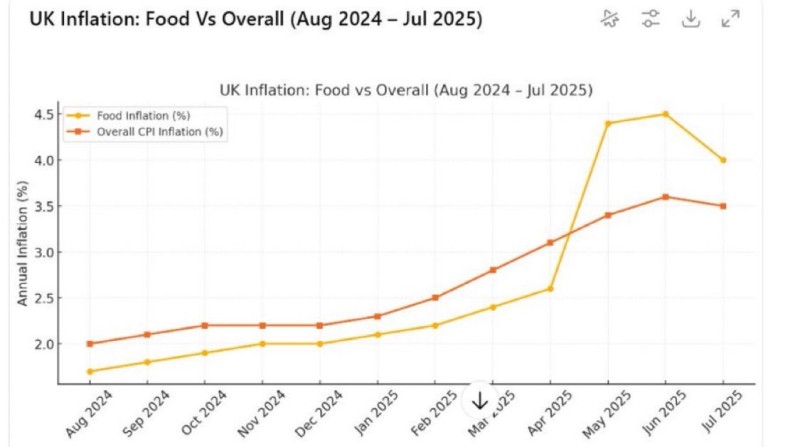Britain's grocery aisles have become ground zero for an inflation crisis that's hitting families where it hurts most. While overall consumer prices have risen steadily, food costs have absolutely exploded since April 2025, creating a painful squeeze that's got everyone from farmers to shoppers pointing fingers at the big supermarket chains.
The numbers tell a stark story. Food inflation rocketed from a manageable 2.6% in April to a crushing 4.5% by June, while general CPI inflation peaked at just 3.6%. That's not just statistics on a chart – it's real money disappearing from household budgets every time someone fills their shopping trolley.
Supermarket Giants Under Fire
What's really getting people angry is the growing evidence that supermarkets are playing both sides of this crisis. Farmers are crying foul, saying they're getting paid the same – or sometimes even less – for their produce while watching those same goods appear on shelves with eye-watering price tags.

The timeline is telling. Between April and May alone, food inflation jumped nearly two percentage points in what can only be described as a dramatic spike. Meanwhile, the payments flowing back to the people actually growing our food have remained flat or even dropped. It doesn't take an economics degree to see what's happening to those profit margins.
Consumer advocates aren't mincing words either. They're calling out what they see as a classic case of corporate opportunism – using broader economic uncertainty as cover for aggressive pricing strategies that boost the bottom line while everyday families struggle to put decent meals on the table.
Households Feel the Pinch
For ordinary British families, this isn't about abstract economic theory – it's about making tough choices at the checkout. Even as overall inflation has started to level off in mid-2025, those grocery bills keep climbing, creating a persistent burden that's reshaping how people think about their weekly shop.
The reality is brutal but simple: when food costs are rising faster than wages and other expenses, something's got to give. Many households are already trading down to cheaper alternatives, cutting portion sizes, or eliminating items they once considered basic necessities.
Industry analysts are warning that without serious changes to how pricing works throughout the food supply chain, this gap between what farmers receive and what consumers pay could keep food inflation painfully high for months to come. The transparency that everyone's calling for – showing exactly how much of each pound spent on food actually makes it back to the farm – remains frustratingly elusive.
 Usman Salis
Usman Salis

 Usman Salis
Usman Salis


